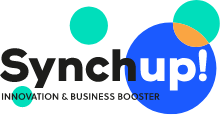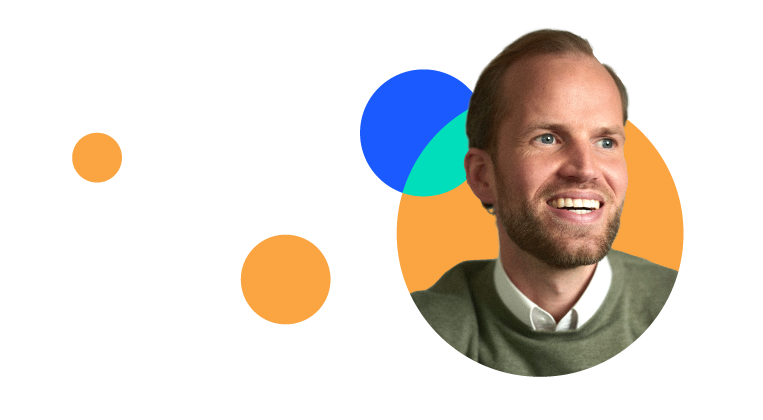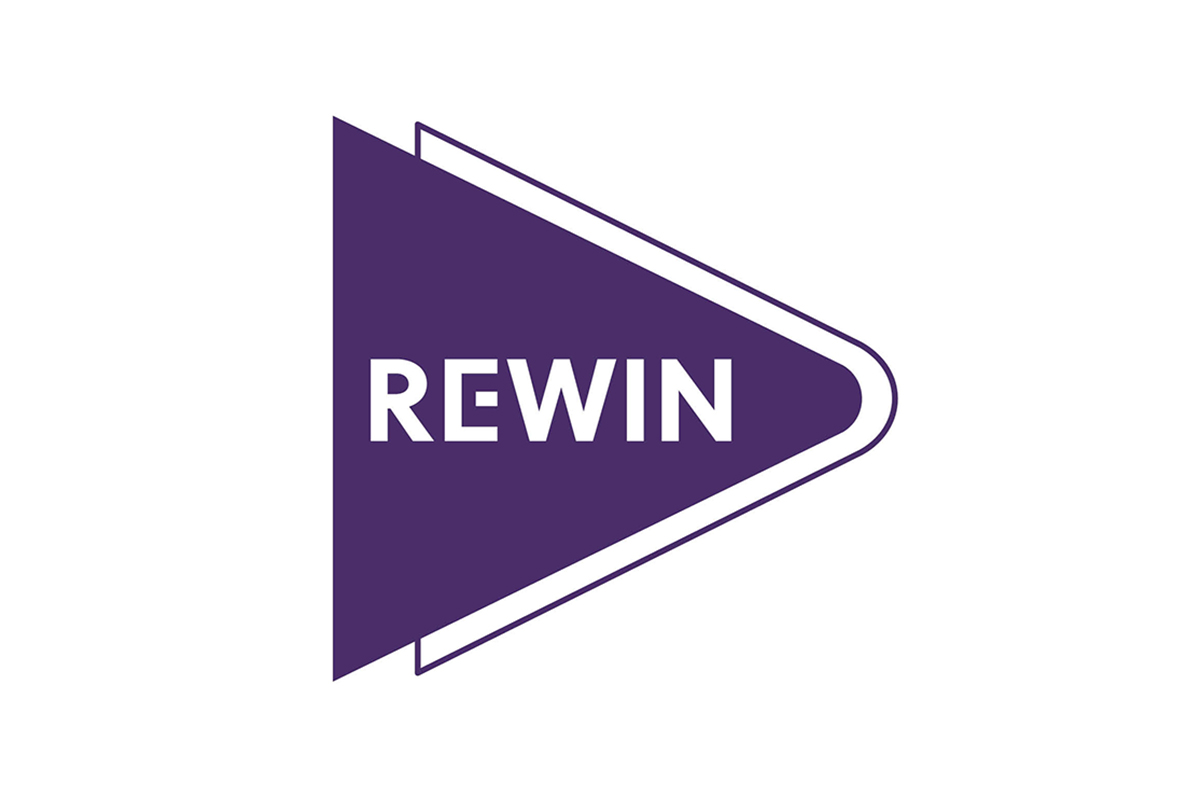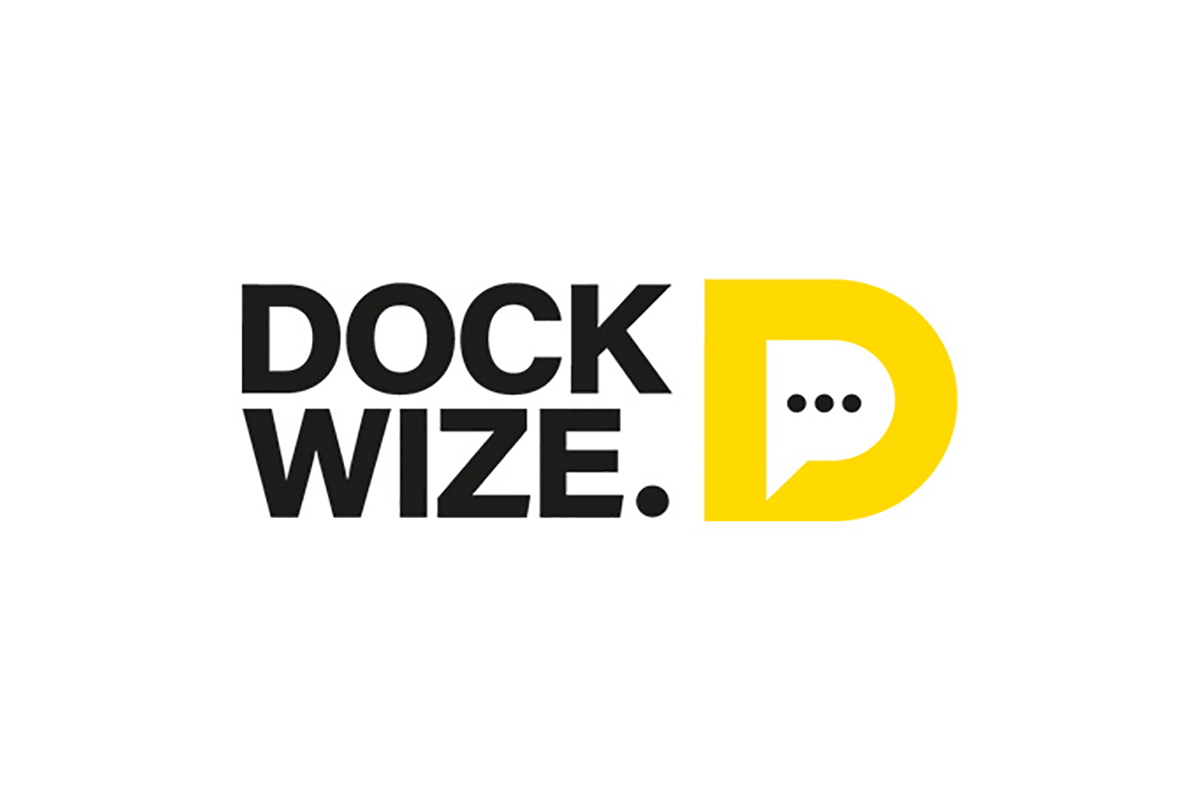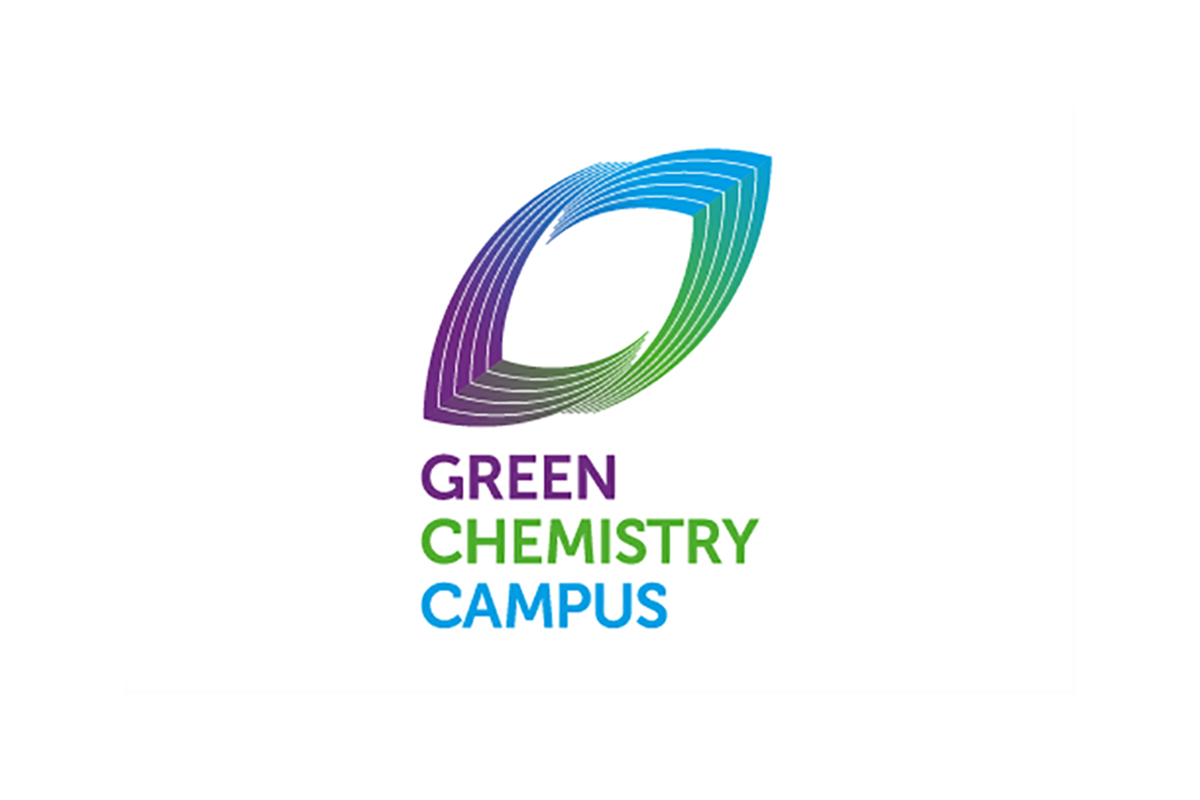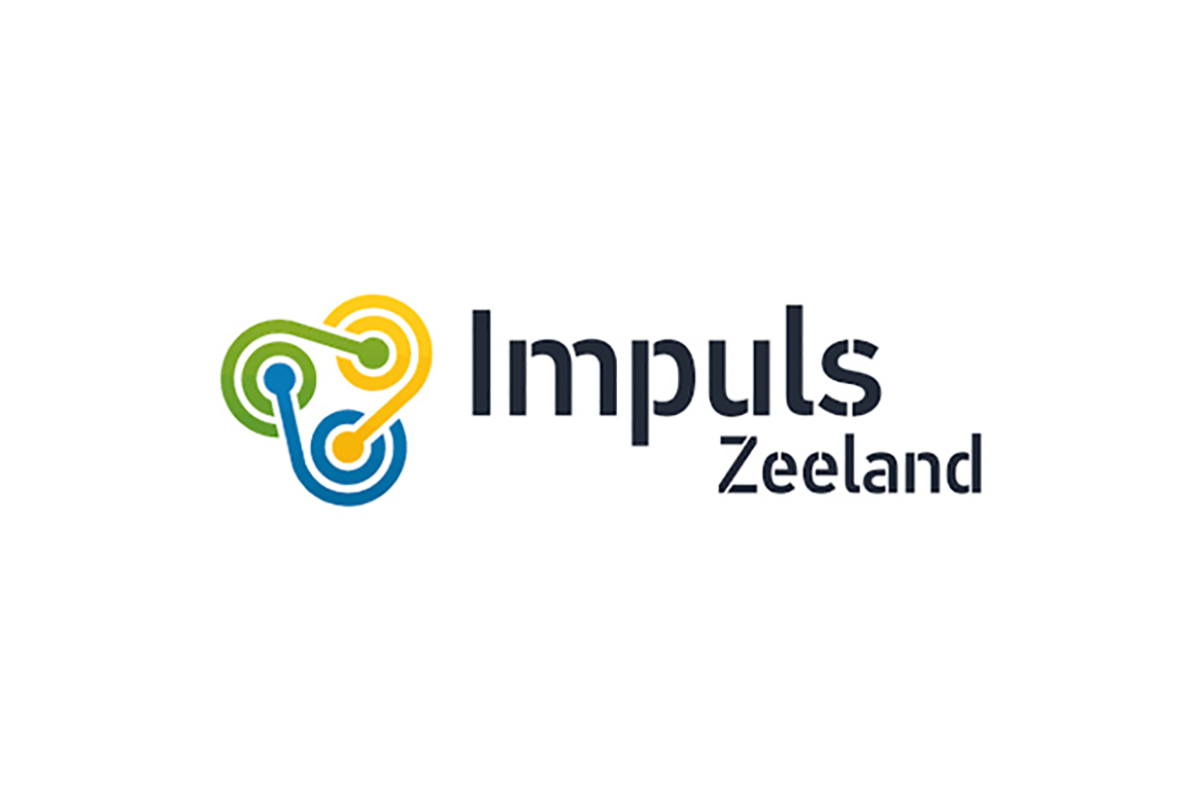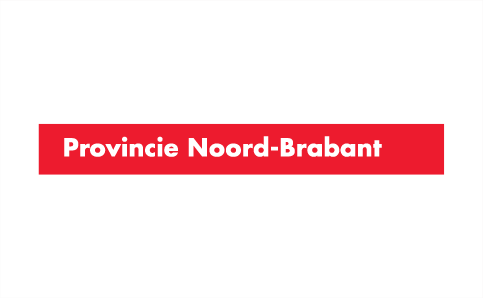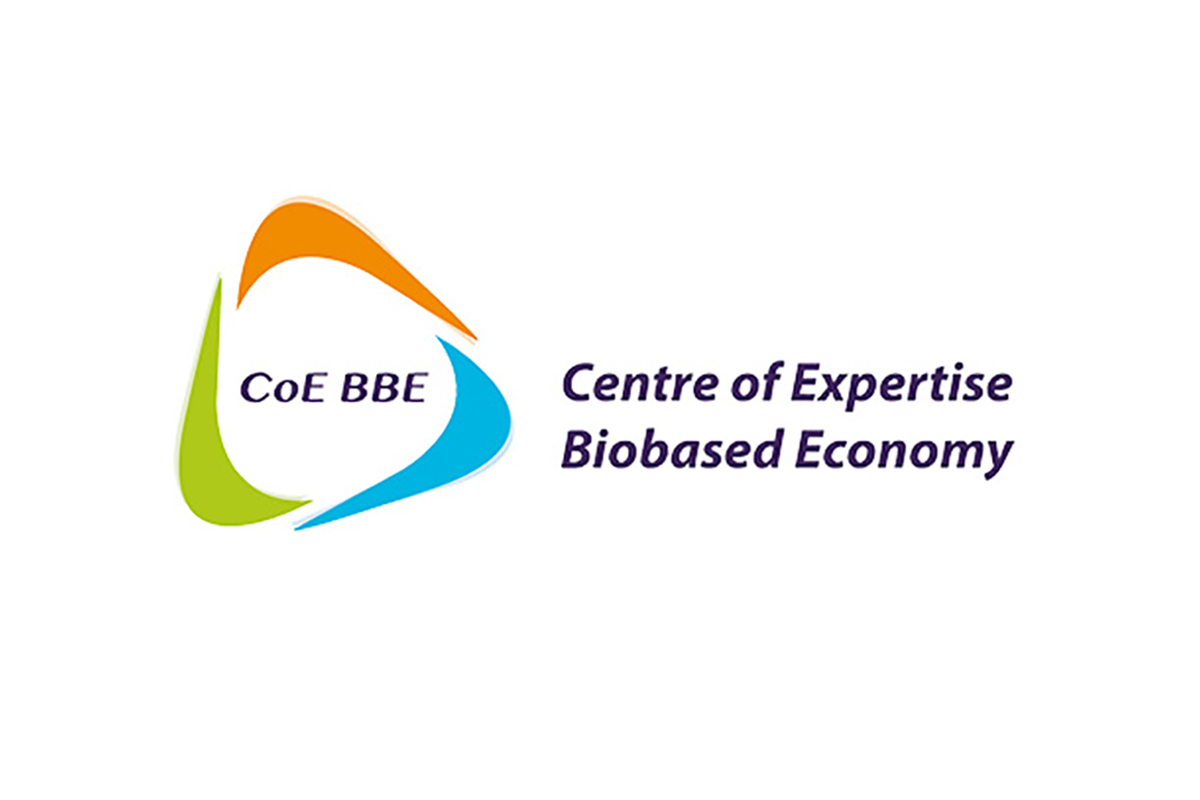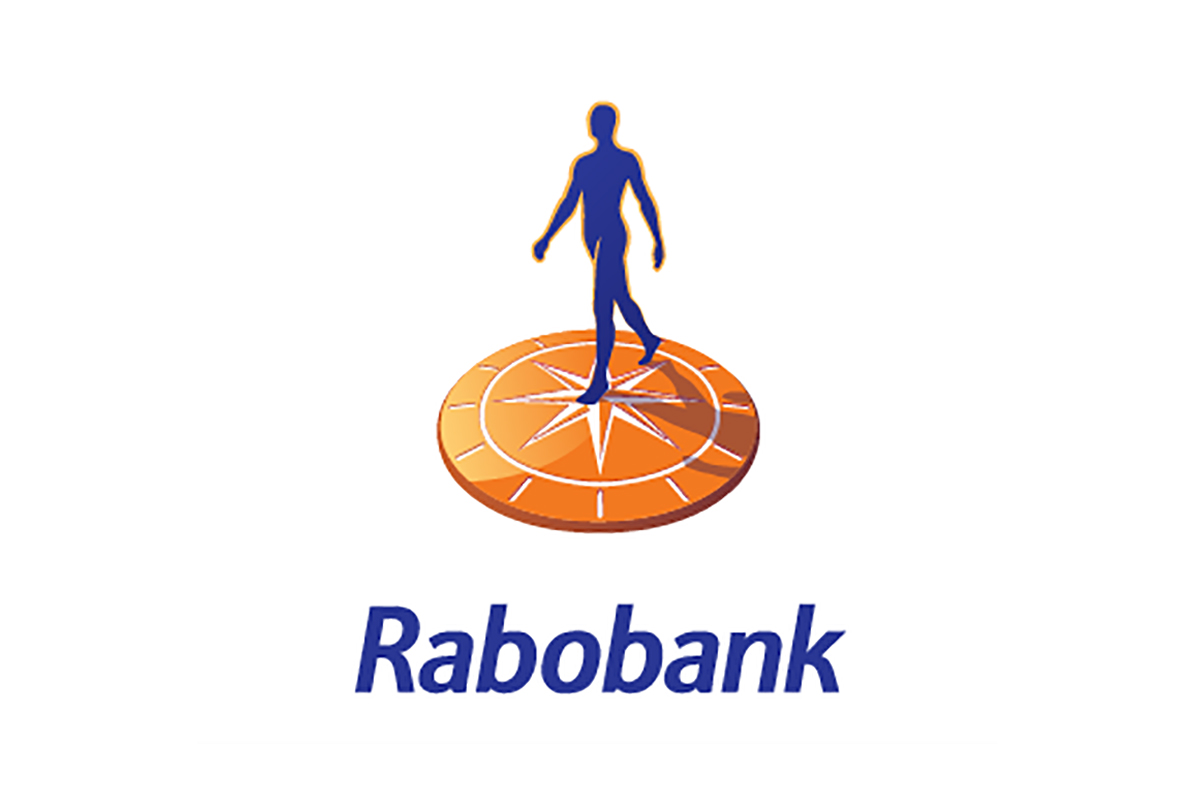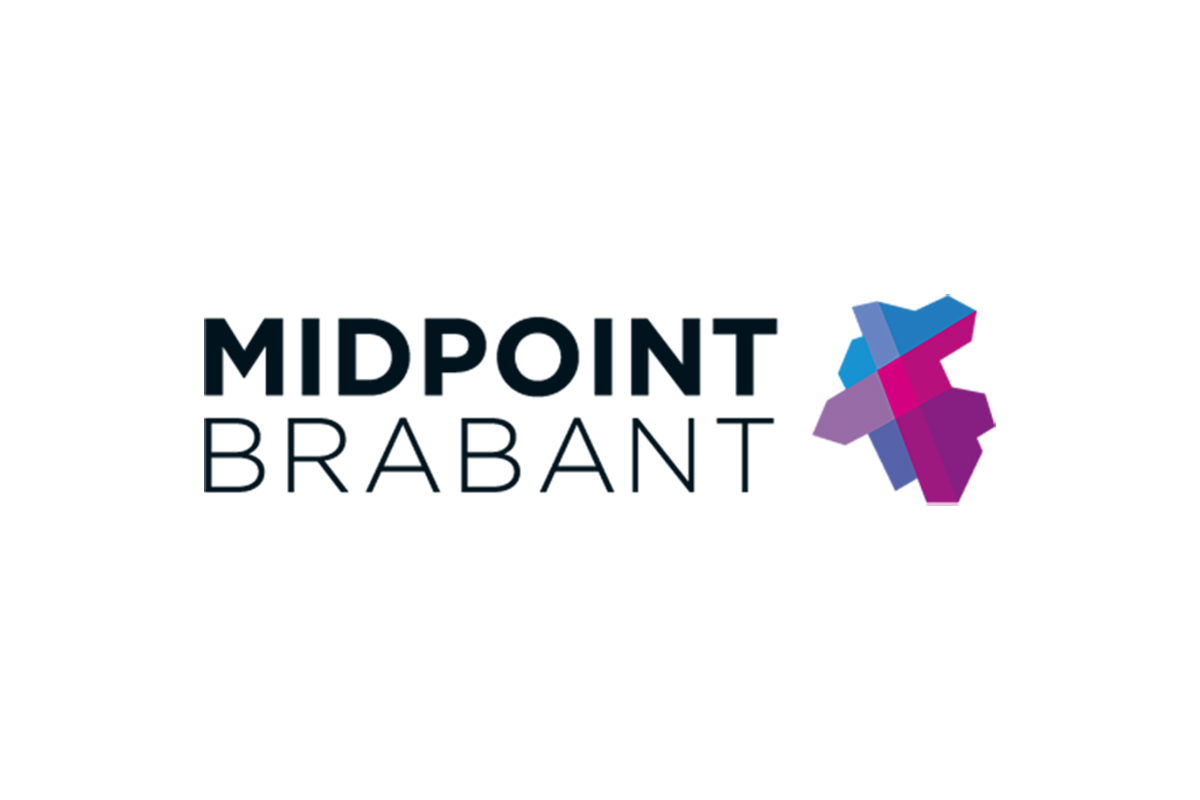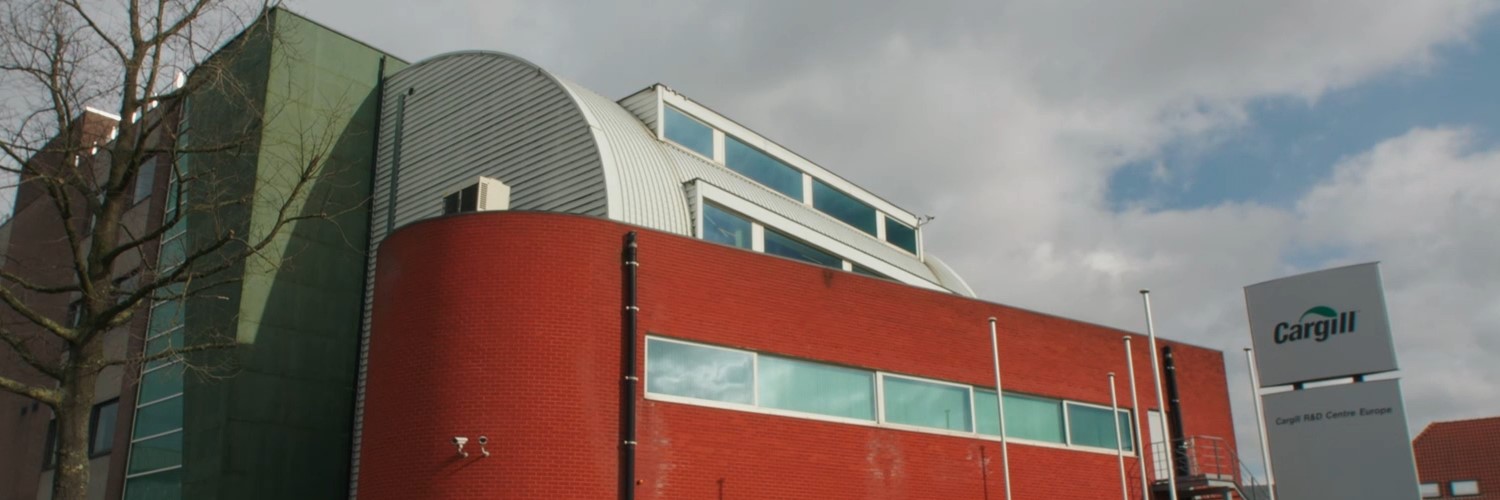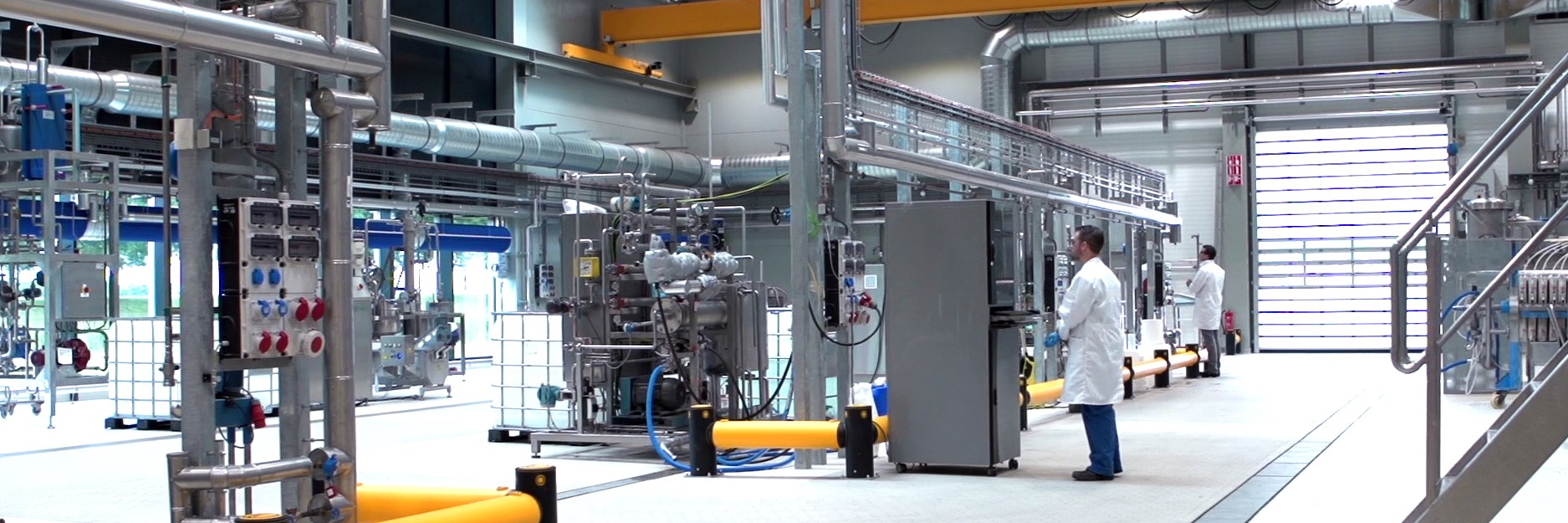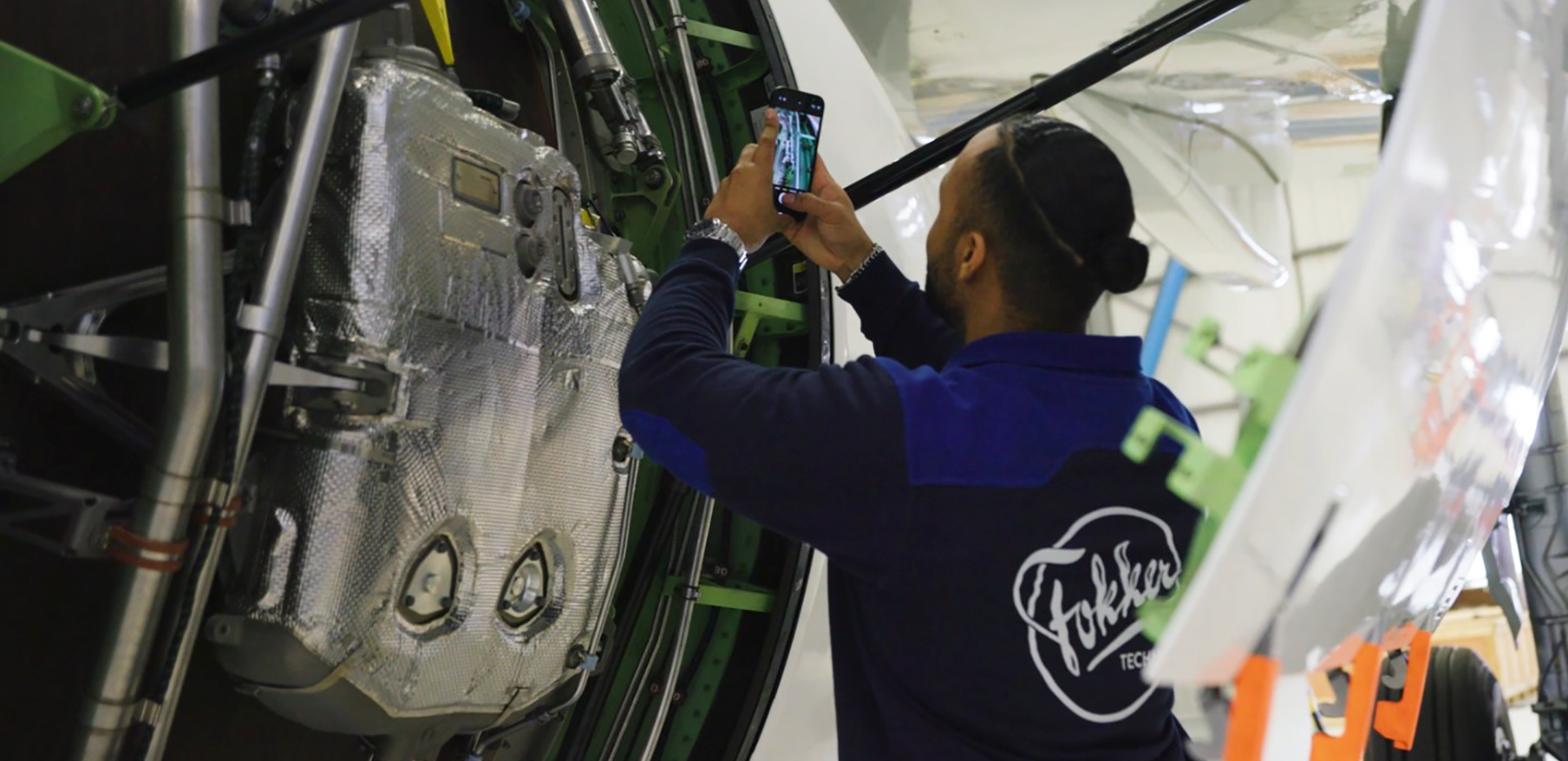How can we reduce chromium levels in salt/brine?
One of Dow’s production processes produces almost dry crystalline salt as a by-product. The reuse opportunities for this by-product, however, are restricted due to low levels of contaminants, which is why Dow is primarily looking for a solution to reduce chromium levels in salt/brine from ~10 ppm to <0.5 ppm.
We are issuing this challenge in order to:
- Create a circular economy opportunity
- Tackle our difficulties in recycling saline streams and removing heavy metals
What are we looking for?
Proposals involving an innovative process for the recovery of salt from saline waste streams amounting to 60 kt/yr consisting of 90 wt% NaCl with low levels of contaminants, including traces of heavy metals such as chromium.
Currently, the solid salt produced by the process is flushed away with process water, which is purified in an industrial wastewater treatment system along with other wastewater streams.
The objective is to treat the solid salt produced by the process.
The global market for Sodium Chloride is expected to reach 335 million tonnes in 2025, most of which is obtained through mining or seawater evaporation, which are both highly energy intensive and have high ecological and surface footprints.
Currently, only small amounts of Sodium Chloride are recovered from industrial waste streams.
The NaCl resulting from our process is a valuable product with a wide range of applications in the European market. However, the contaminants currently found in this by-product restrict its circularity, which is why Dow is looking for an innovative process for the recovery of crystalline salt/brine.
The higher the removal efficiency, the higher the reusable value of the salt.
What aren’t we looking for?
- A highly energy-intensive treatment process
- A linear or non-sustainable solution
- A technology that produces a considerable amount of waste
At full scale, solutions should be at least cost-neutral (CAPEX+OPEX-Revenue)
What’s in it for you?
We are looking for a partnership to take promising technologies from the idea phase to the lab scale and a pilot installation.
Dow Benelux is a subsidiary of Dow Chemical, one of the world’s leading Materials Science companies. Our ambition is to become the most innovative, customer-centric, inclusive and sustainable Materials Science company in the world, and we are always on the lookout for partners to achieve our ambitious goals.
Along with our network partners, we are always looking for innovative solutions to minimise the impact of our industry on the environment.
We are an active member of the Institute for Sustainable Process Technology (ISPT), which sees us working with other companies and knowledge institutes to develop and implement sustainable processes.
We are also an active member of Capture, an initiative set up by the University of Ghent to accelerate radical technological innovations in the field of sustainable resource recovery through multidisciplinary collaboration between stakeholders with a clear focus on valorisation.
On top of that, we participate in various EU-funded cross-company consortium projects dedicated to resource recovery and the use and re-use of industrial wastewater.
How can BioVoice benefit you?
An Innovation Contract. After concluding an innovation contract, you can get started with the development process. You’ll have access to:
- funding (€10,000 vouchers, to be spend in the regional ecosystem on, for example, lab- and demo-facilities, NDA or IP advice, etc.)
- (international) markets
- knowledge and partners
- resources and research facilities
- business and upscaling opportunities
- and: a launching customer!
The BioVoice program
BioVoice is an initiative of REWIN West-Brabant, Green Chemistry Campus, the joint Rabobanks of Southwest Netherlands and the province of North Brabant. Dockwize, Impuls Zeeland, Centre of Expertise Biobased Economy and Midpoint Brabant have also joined as implementation partners. Together, we want to give innovative entrepreneurs and up-and-coming biobased/circular talents the space and opportunities to develop and market their idea/product, so as to achieve our common goal: accelerating the transition to a sustainable economy. BioVoice is made possible by financial contributions from the Regional Deal for Central and Western Brabant, the Province of North Brabant, the Province of Zeeland and Rabobank.
Conditions for participation
As the challenge calls for innovative solutions, Dow is open for proposals from start-ups as well as established companies.
Your pitch (max 6 pages / 18 slides)
- Concept description: Describe your concept in as much detail as possible.
- Pilot description: Please provide a brief description of what it will take to prototype and/or pilot and what you will need from us to do so.
- Team description: Provide a brief description of the company and team that plans to work on the pilot.
There are no formal requirements for the pitch (presentations, slide decks & letters are all allowed), apart from the fact that it must be uploaded as a PDF file (A4, landscape or portrait) with a max. size of 30MB. Videos, example websites and so on can be included as links.
Timeline
- 2nd March 2020: Challenge launches – open for entries
- 8th May 2020 – 17.00 uur: Challenge deadline – entries must be submitted before 5 am
- 15th May 2020 at the latest: Shortlist announcement – Announcement of which start-ups/scale-ups will be invited to introduce and explain their solution
- Week of 25th May or 1st of June: Digital introduction talks challengers/entrants + information sessions on IP and NDA’s
- September ‘20: Work sessions, during which challengers & entrants seek to conclude innovation contracts + voucher granting
- End of September 2020: Closing event – celebrating the innovation contracts and partnerships resulting from the challenge + voucher hand-outs
- June 2020: Start of development & partnership (pilot)
Questions?
If you have any questions about this challenge, please head to the contact options below. For more information about the challenge program, click here.
Background information
Dow combines the power of science and technology with the ‘Human Touch’ to continuously improve everything we need to guarantee the progress of the human race. The company connects chemistry and innovation with the principles of sustainability.
In Terneuzen, Dow operates three naphtha crackers (LHC 1, 2 and 3, with LHC standing for Light HydroCarbons), which form the heart of the company. This is where naphtha and LPG are converted into the basic raw materials needed to produce plastics.
The naphtha, a petroleum fraction, is first heated to over 850° C, before being cooled to minus 130° C. During the heating process, the naphtha molecules are ‘cracked’, or split into various substances such as ethylene, propylene, benzene and butadiene, the four most important raw materials used in Dow’s production processes.
The Dow Industrial Park in Terneuzen employs around 3000 people, 1700 of whom work directly for Dow. Dow Terneuzen is also home to the headquarters of Dow Benelux, which has 20 production plants and produces 6 million tonnes of chemicals and plastics every year.
Dow has 37,000 employees worldwide and is represented on all continents. At Dow, we don’t just talk about sustainability, but work on innovative solutions with each other, and with our partners on a daily basis. Initiatives that contribute to our 2025 Dow Sustainability goals. Currently, there are over 600 on-going projects that are working on our seven Dow Sustainability goals. Examples of our latest projects include the large-scale reuse of wastewater (both industrial wastewater and wastewater of the municipality of Terneuzen), Carbon2Value, a carbon upgrading project, collaboration within the energy transition in the framework of the SDR platform (Smart Delta Resources and the supply of H2 to Yara, thus valorising a waste stream by reusing it as a raw material. Many of these projects involve collaborations with other industries and knowledge institutions through ISPT, TKI projects, Interreg and H2020.
